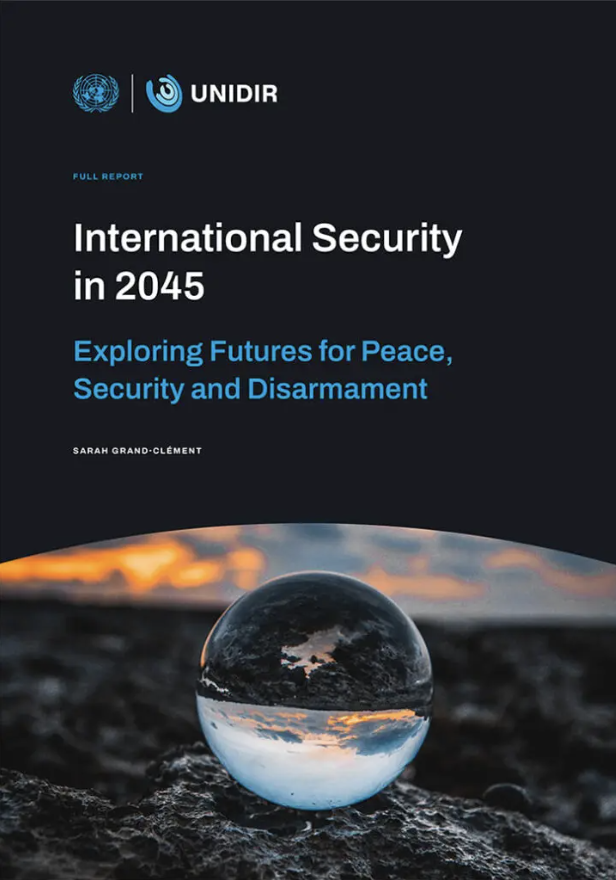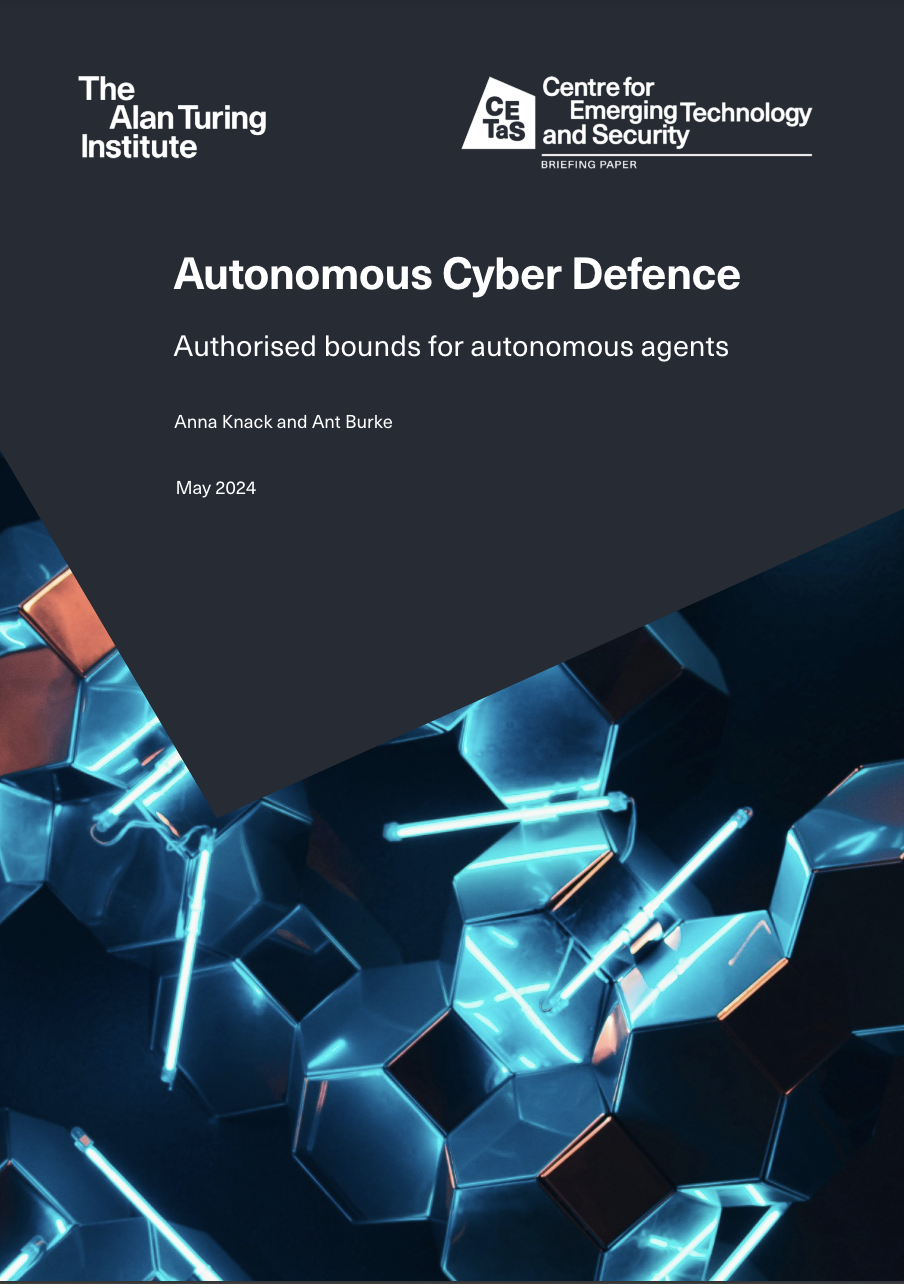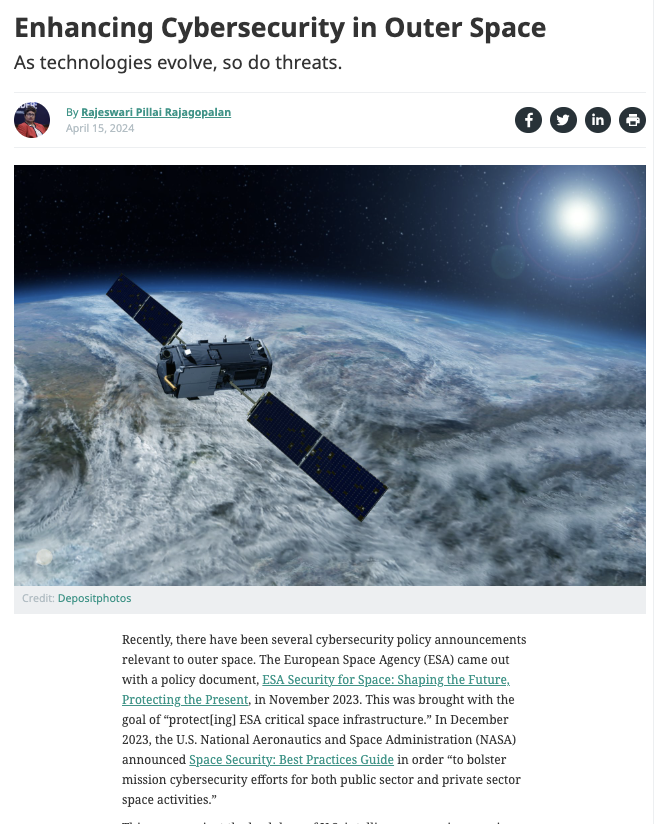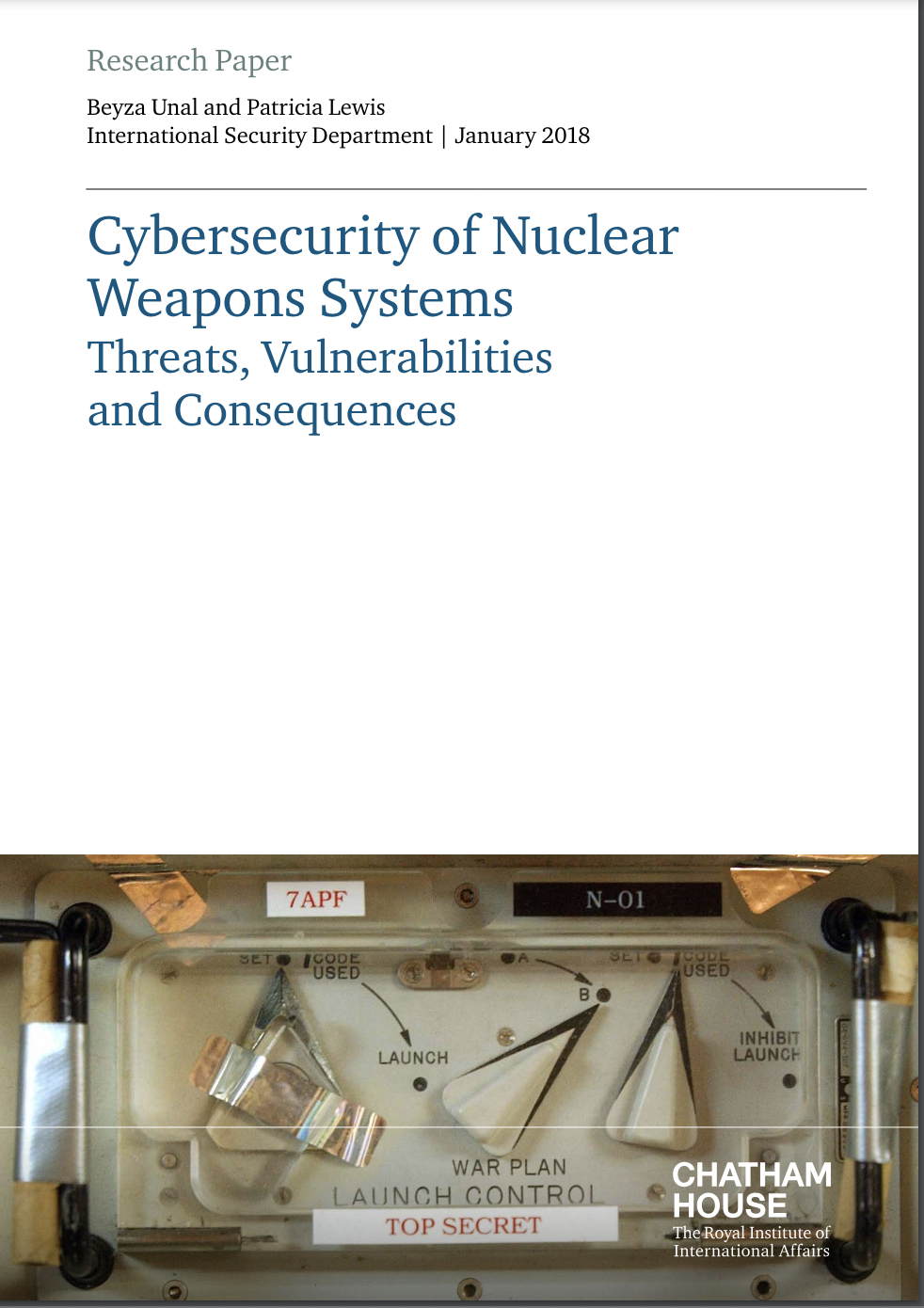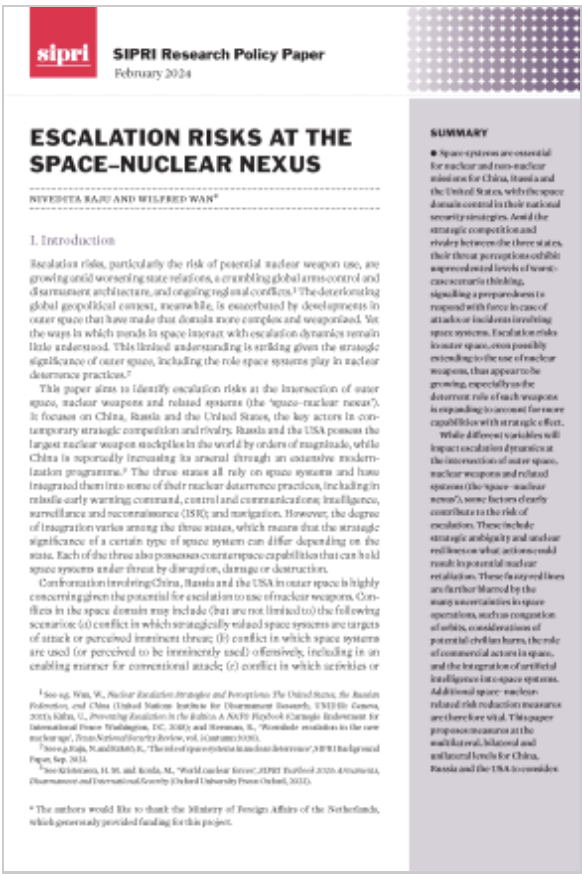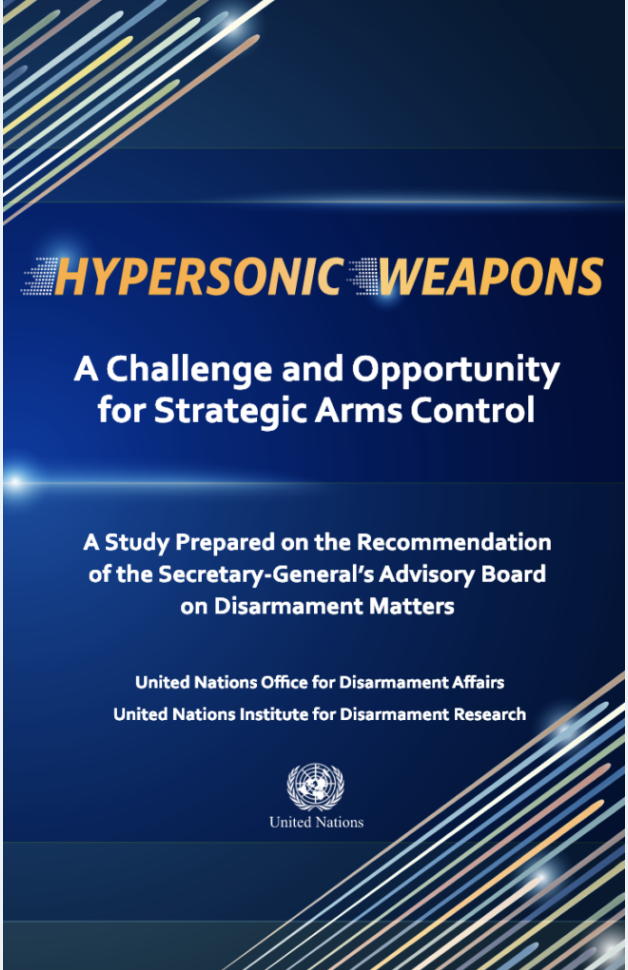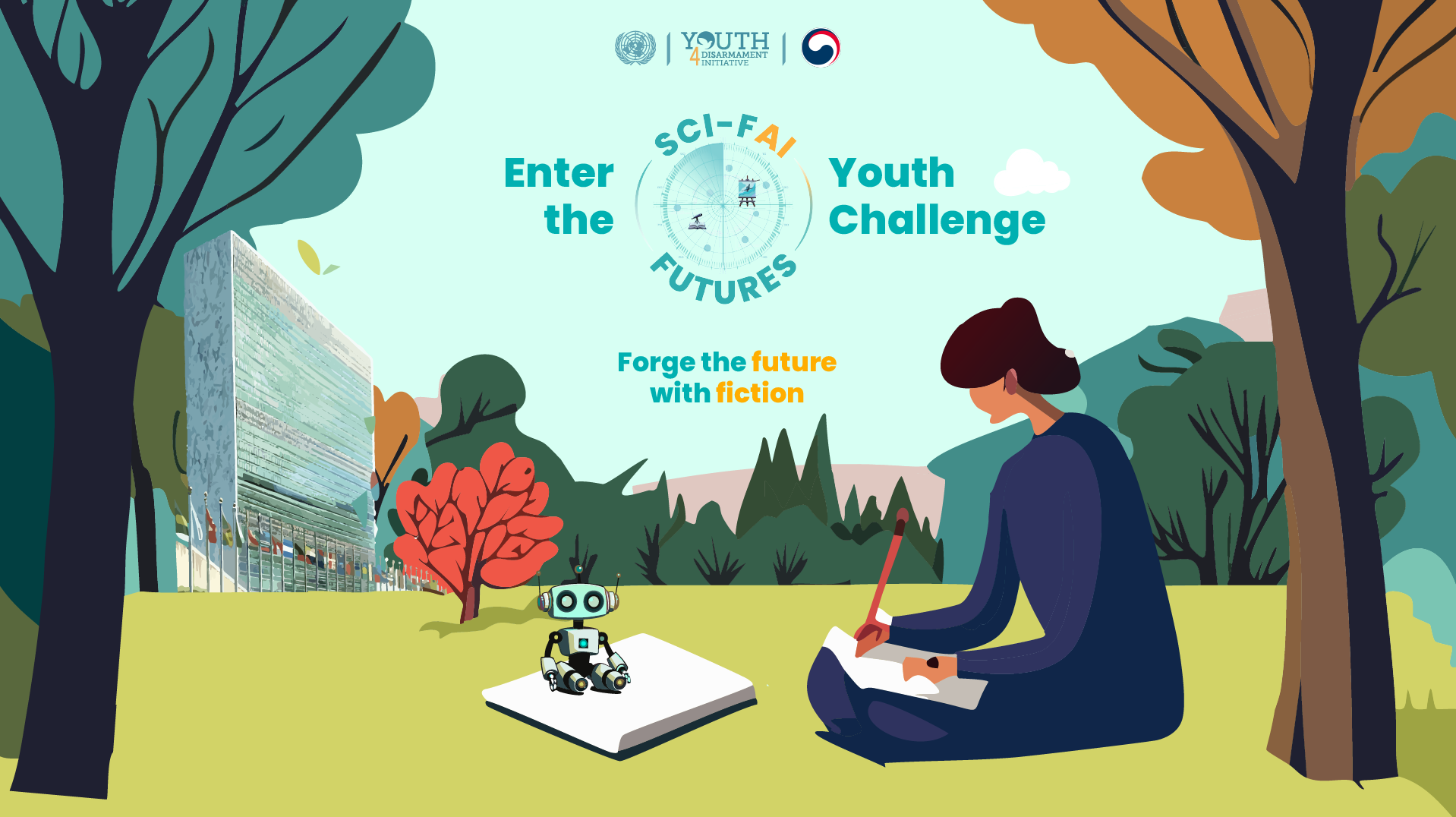
From catalyzing a new Industrial Revolution to threatening human extinction, artificial intelligence has been a recurrent theme in science fiction. Alternatingly a remedy for all ills and a harbinger of a gloomy future, rapid developments in AI have fueled a sense of urgency within the international community, resolute to harness its promises and mitigate its risks. A flurry of expert round tables, symposia and scientific commissions followed: mankind needed to tell fact from fiction, leaving aside that fiction is usually a lie that tells the truth.
Embodying the fog between what is and what could be, storytelling has always been a guiding light in times of technological uncertainty. Oscillating back and forth between the realms of reality and imagination has often provided the necessary clarity to expand what is deemed possible, cast a light on possible futures, and steer away from undesirable ones.
Embracing the centrality of storytelling in navigating innovation and thanks to the generous financial support from the Government of the Republic of Korea, the Office for Disarmament Affairs is launching the “Sci-fAI Futures” Youth Challenge to spark young people’s interest and imagination on how AI can affect international peace and security, particularly in the military domain.
Launched in celebration of World Telecommunication and Information Society Day, Sci-fAI Futures invites young people to explore possible futures around the opportunities to leverage AI for good and the risks of integrating AI in the military domain. Their story will take place in the year 2145, two hundred years after the United Nations came into existence.
As States discuss these issues within multilateral forums, the challenge is the opportunity for young voices to influence the debate through creative means and frame military AI through the lens of their hopes and concerns. Entering Sci-fAI Futures means entering a timely, global conversation to craft their own safe AI future.

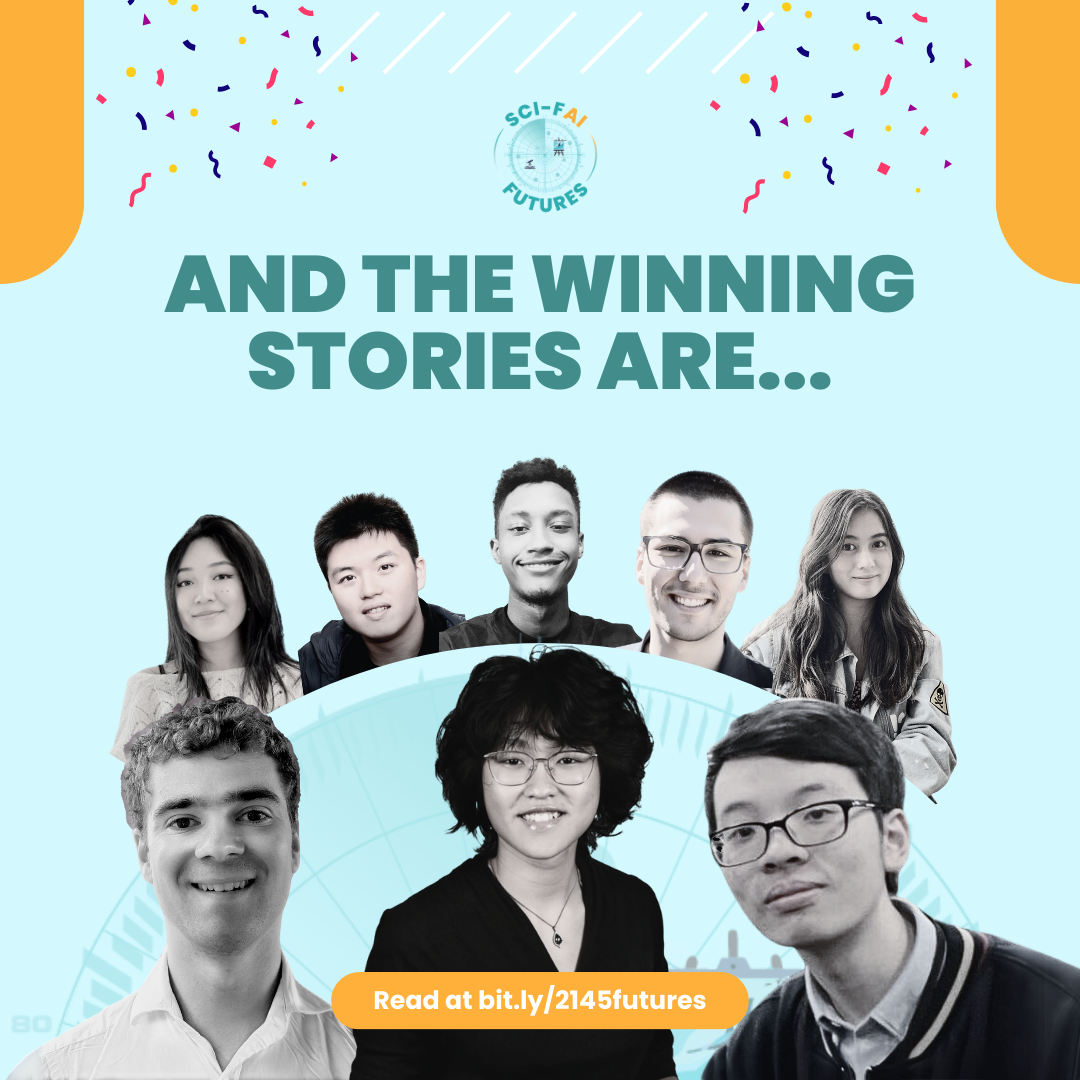

HOW TO GET INVOLVED
Through a creative story, you will imagine what the year 2145 could look like if AI permeates the military domain. To get started, pick your preferred medium and theme below.
-
Choose a mode of entry
-
 Written Story: A science-fiction story of up to 2145 words.
Written Story: A science-fiction story of up to 2145 words. -
Visual Story: A comic-style graphic novel of up to six pages, in color or in black-and-white, digital or analog.
2. Select one of the themes below
- Armed Conflict & Conflict Resolution:
How can artificial intelligence be integrated into the battlefield in the future? Would its integration cause more harm than good, or vice versa?
How can it be employed to mediate conflicts, mitigate violence, and facilitate peaceful resolutions?

- Human-centered Approaches to Disarmament:
What will the human-centered approach to the design, development and use of AI applications mean in the future? What will human oversight and accountability look like in an era of advanced AI techniques integrated into the military domain? What technological solutions can enhance the delivery of humanitarian aid to crisis-stricken regions, as well as support the protection of human rights in peacetime and in times of armed conflict?
- Responsible Innovation
What role can researchers, innovators, designers, and individuals at large play in safeguarding the use of artificial intelligence in the military domain to mitigate risks?
REWARDS FOR WINNING ENTRIES
🇰🇷 8 winners will receive an all-included invitation to present their vision at the Responsible AI in the Military Domain Summit (REAIM 2024) in Seoul, including flights and accommodation.
💰 Winners will also receive an additional monetary reward of:
🥇 $500 for first-place winners (4)
🥈 $250 for honorable prize winners (4)
WHO CAN PARTICIPATE
The challenge will be open to young people worldwide between the ages of 13 and 29. Individual and group submissions will be welcomed in two age groups: 13 to 20 (high school and lower college) and 21 to 29 years (early career professionals). Winners will be selected from both categories.
Group submissions are allowed and encouraged. Each group will indicate a ‘primary author’ who will serve as a focal point for the group and will be the official recipient of the rewards if the group entry is selected among the winners, including traveling to Korea and the monetary reward. While we suggest that the reward amount is split amongst entrants, the final decision rests with the primary author indicated in the submission.
WHEN TO SUBMIT
The challenge will open for submissions on 17 May 2024, World Telecommunication and Information Society Day, and will close for entries on 15 July 2024, World Youth Skills Day.
HELP US PROMOTE THE CHALLENGE!
Click here to access promotion materials, such as messages, visuals, and videos, that you can share with your community. Thank you for helping us reach as many young people as possible.

Take a free online course
|
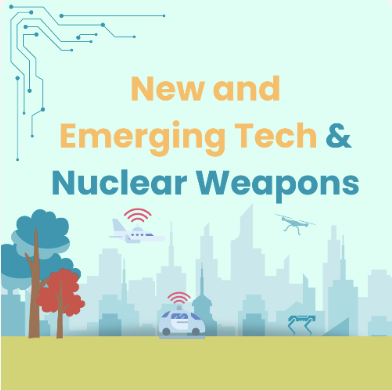 |
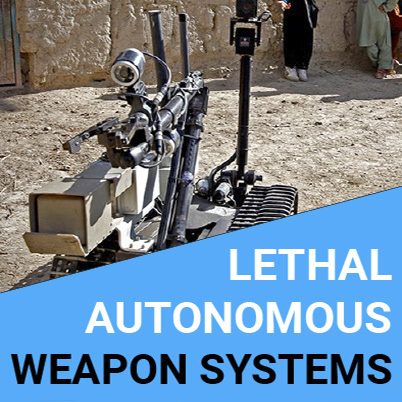 |
| New and Emerging Technologies & Nuclear Weapons by UNODA | Lethal Autonomous Weapons Systems by UNODA |
Watch a short film
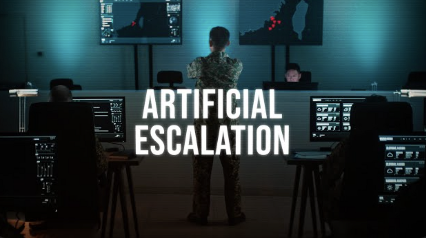 |
 |
| Artificial Escalation | Slaughterbots |
Listen to a podcast
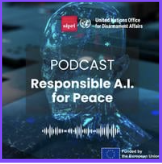 |
 |
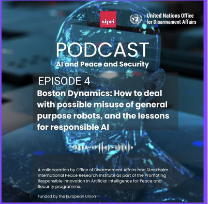 |
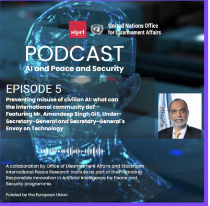 |
Read an article
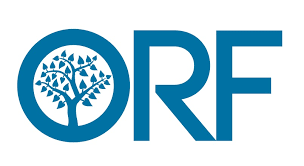 |
 |
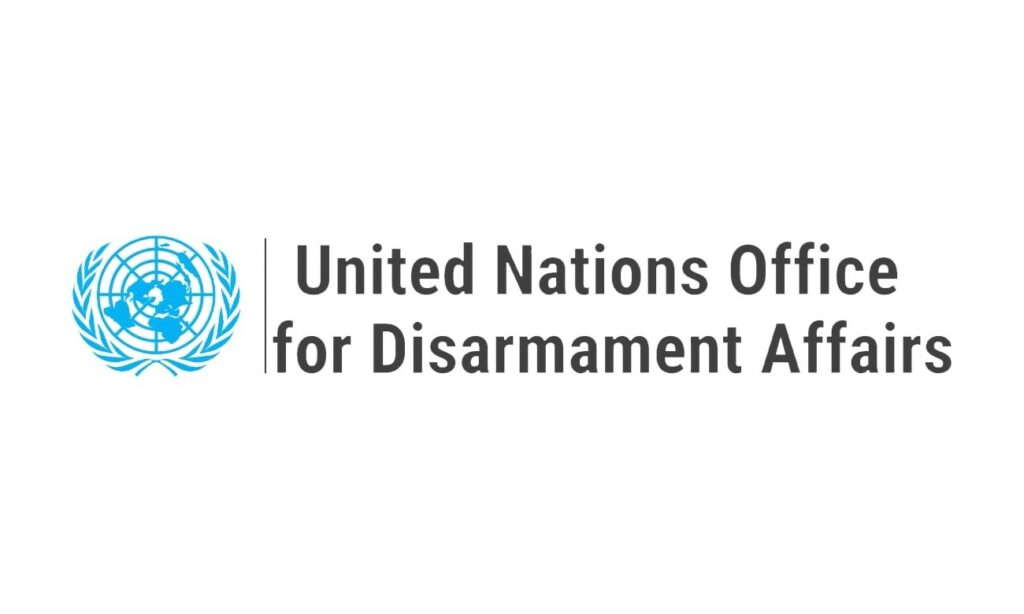 |
|
| AI risks for International Peace and Security | Why the Military Can’t Trust AI |
The misuse of (civilian) AI |
Hear from the UN Secretary-General
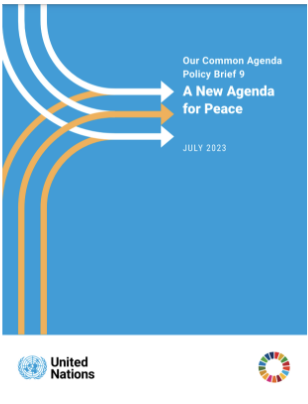 |
"A New Agenda for Peace" Policy Brief | 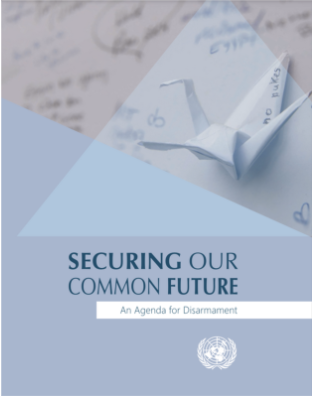 |
Disarmament for Future Generations (Agenda for Disarmament) | 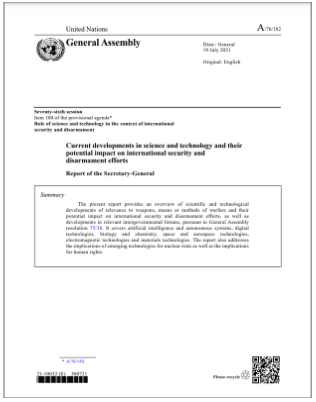 |
Report of the UN Secretary-General on Science, Technology and International Security |
Explore a Factsheet
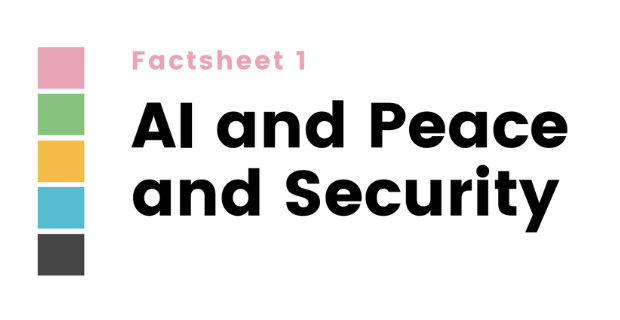 |
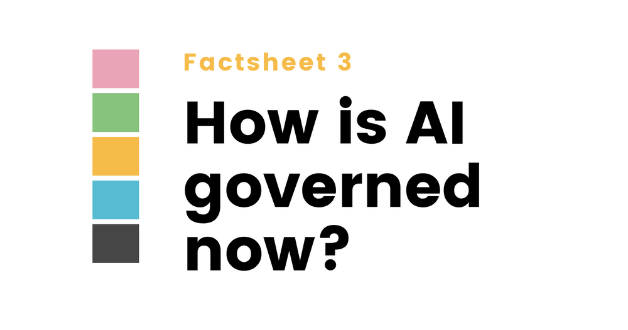 |
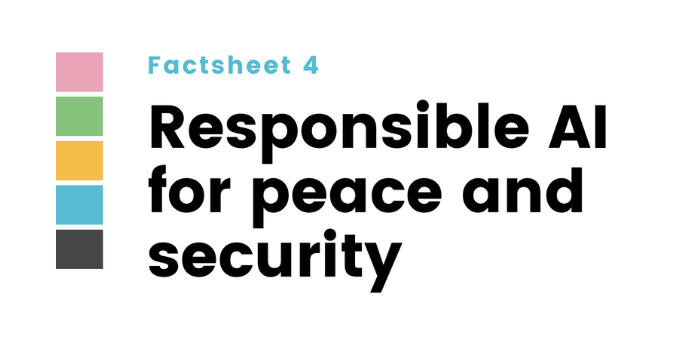 |
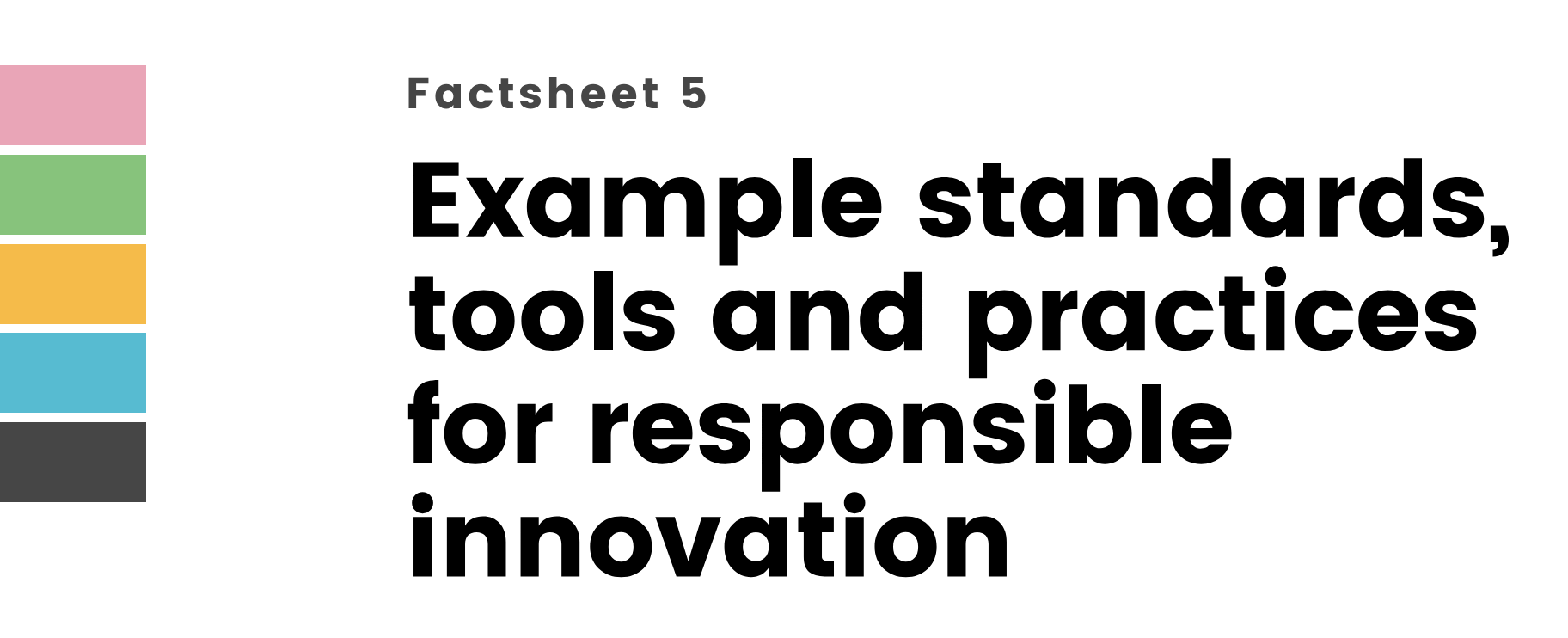 |
Read a book
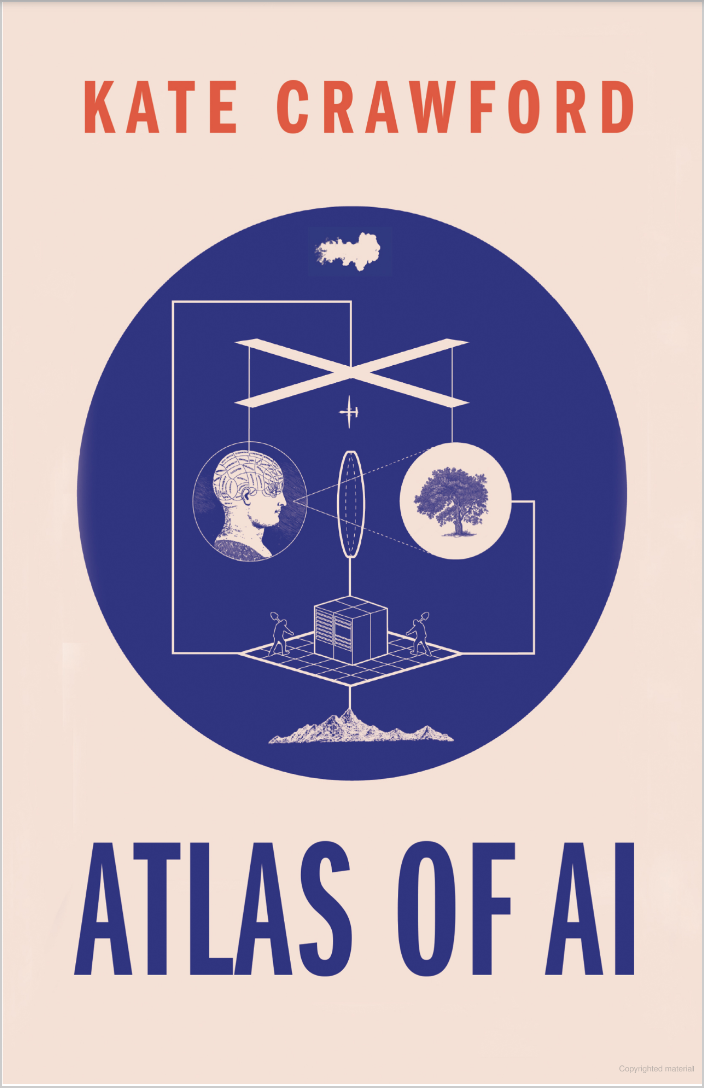 |
Atlas of AI Power, Politics, and the Planetary Costs of Artificial Intelligence by Kate Crawford |
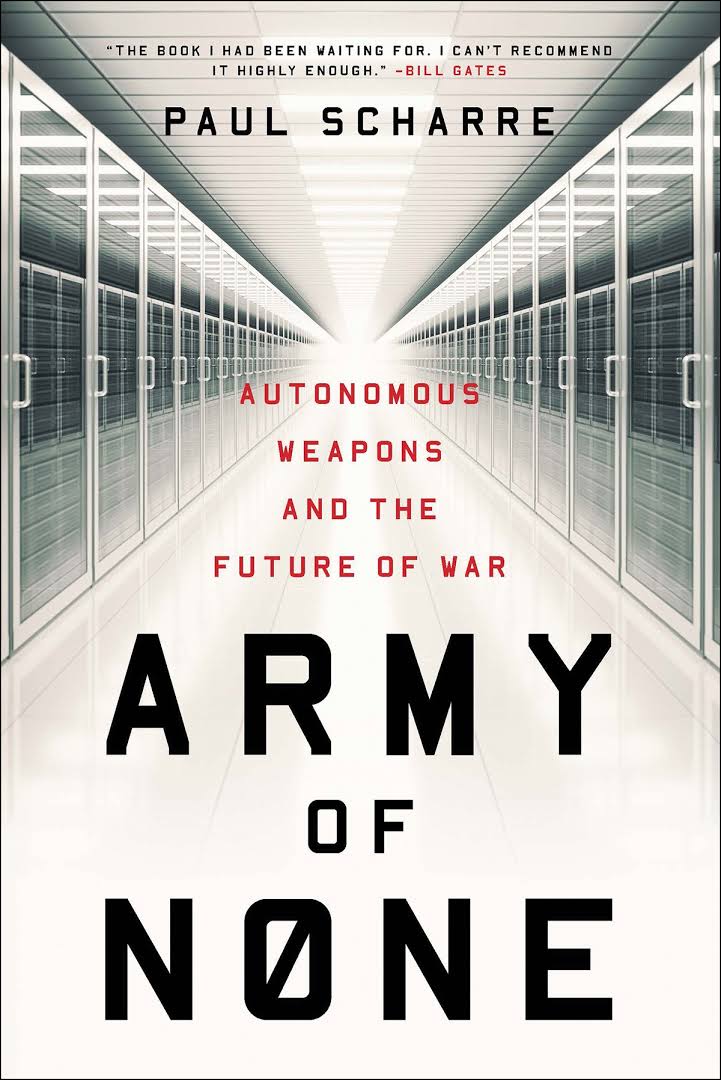 |
Army of None: Autonomous Weapons and the Future of War by Paul Scharre | 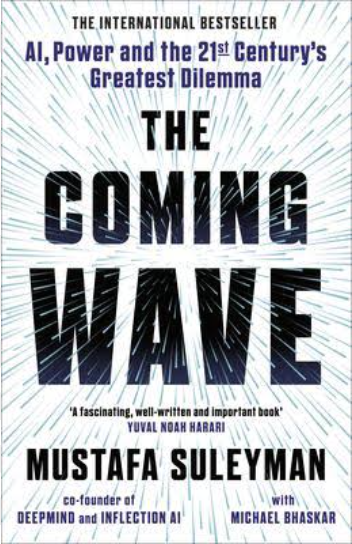 |
The Coming Wave by Mustapha Suleyman |
Read an In-depth Analysis
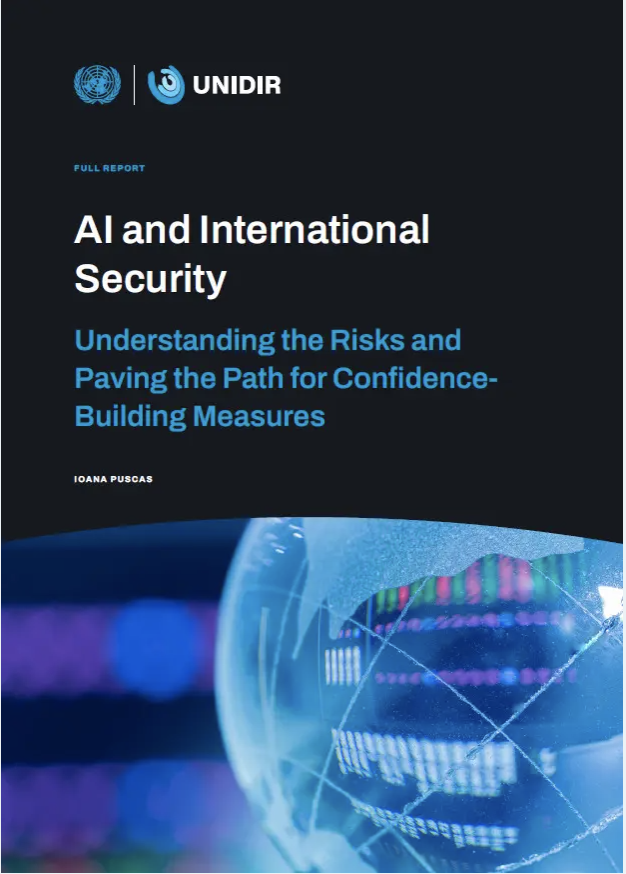 |
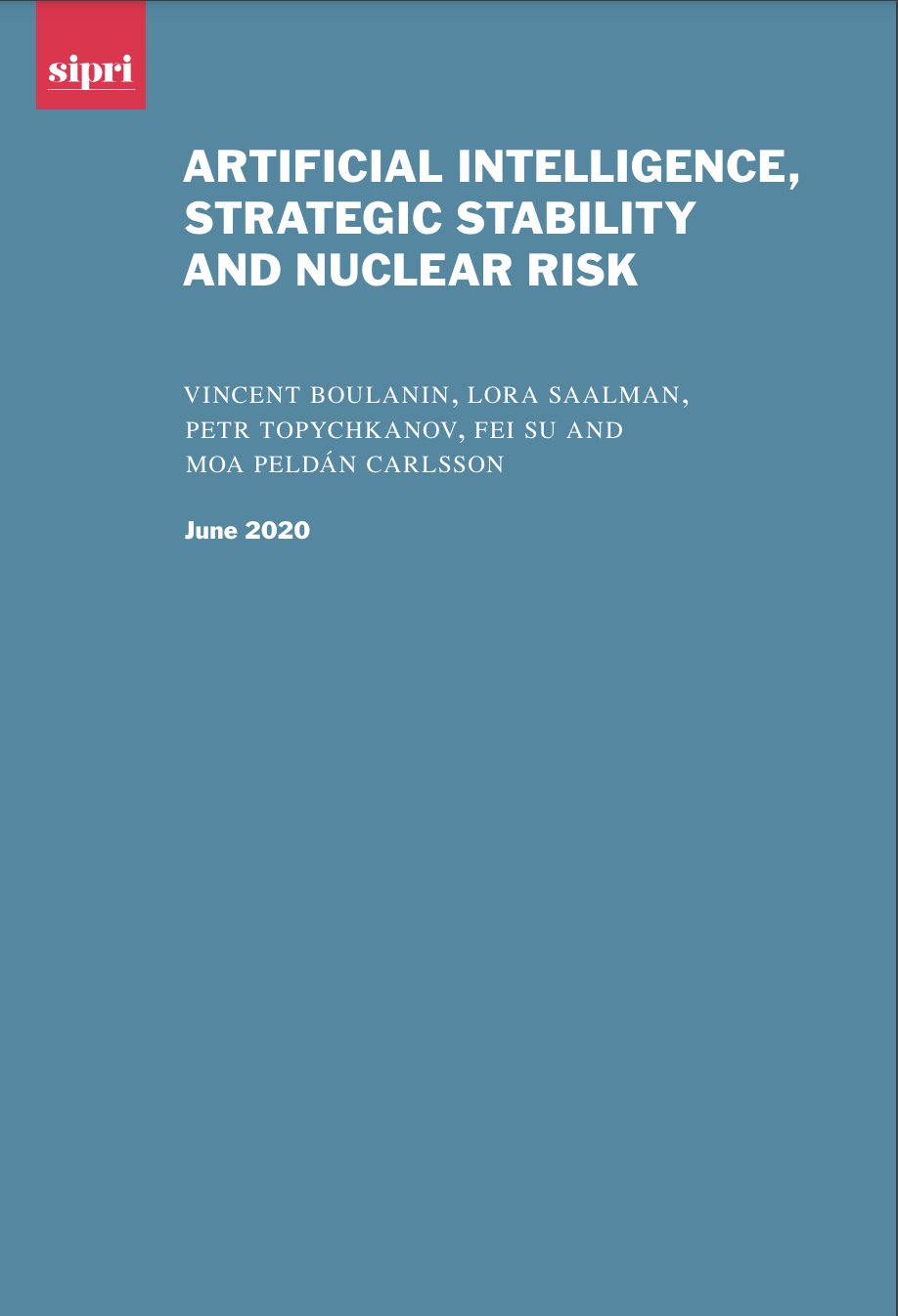 |
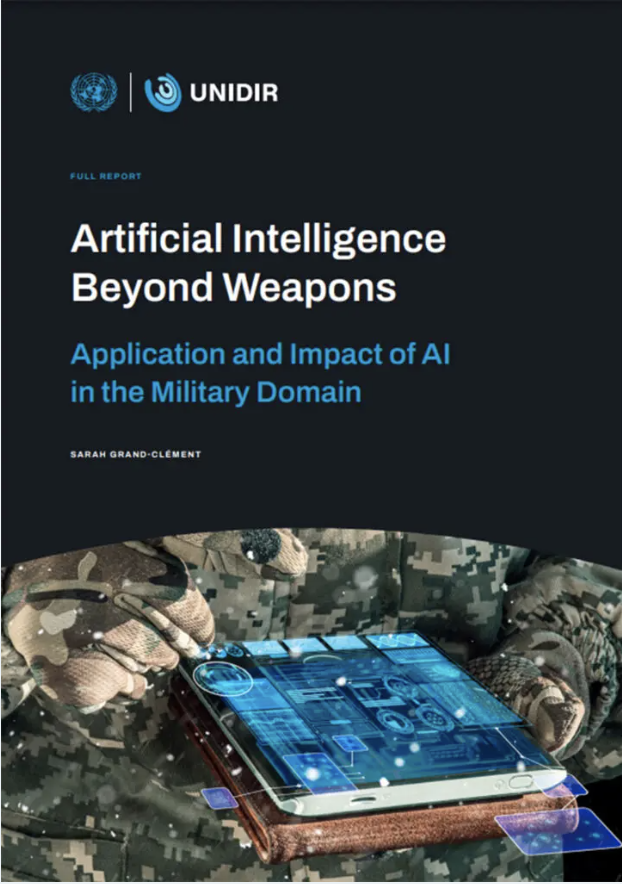 |
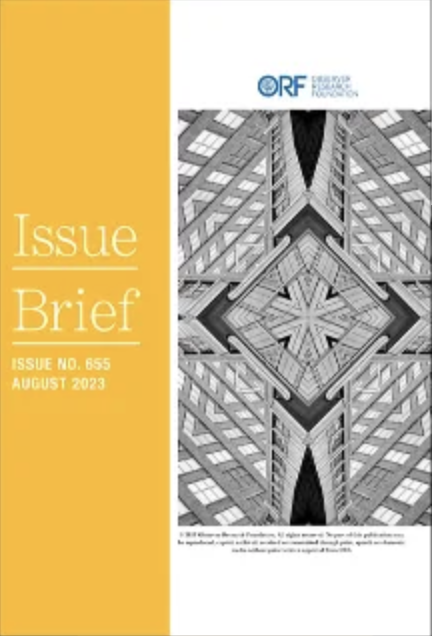 |
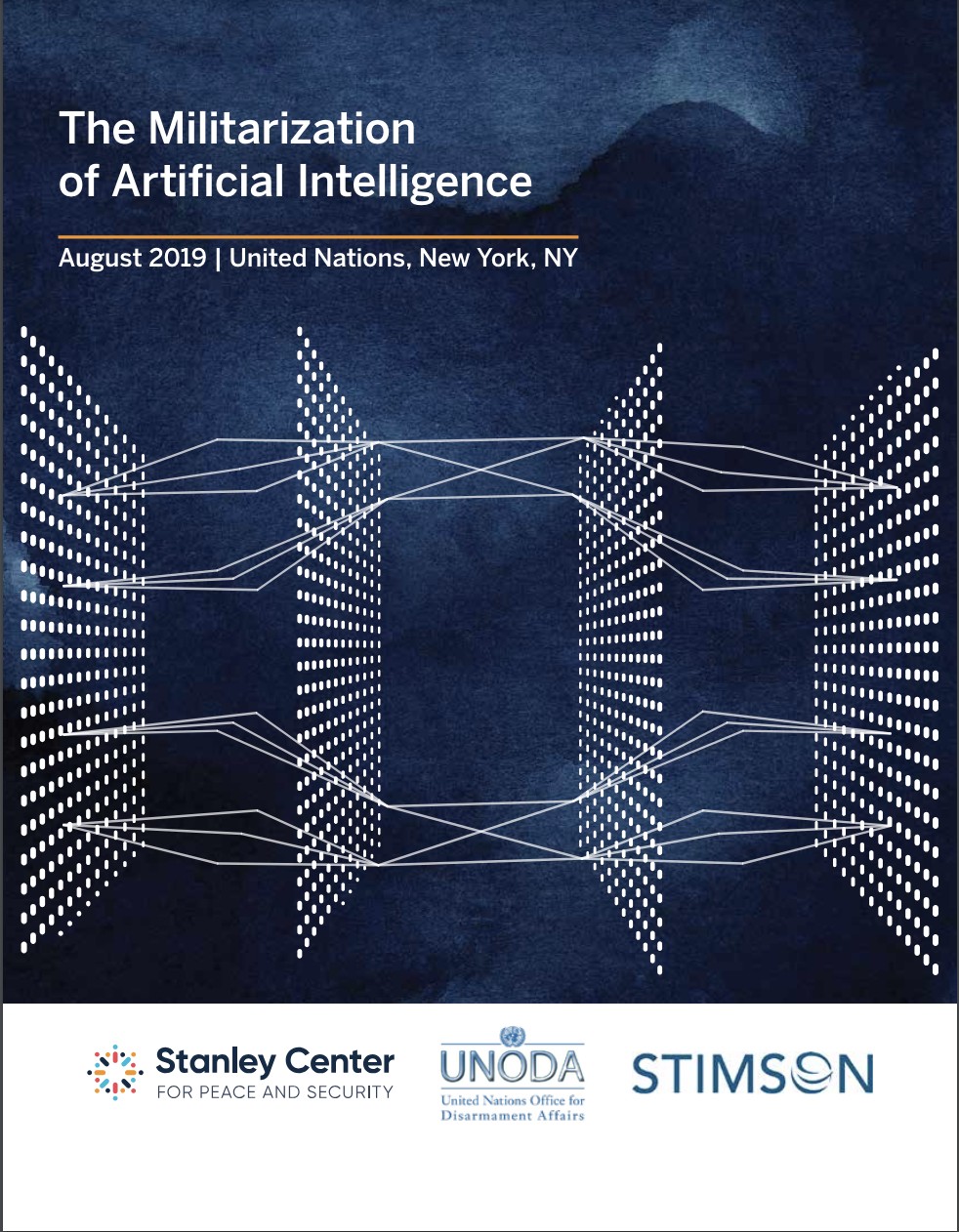 |
|
|
|
AI Beyond Weapons: Application and Impact of AI in the Military Domain |
|
|
Keep the ball rolling on emerging technology in warfare

QUESTIONS & ANSWERS
-
Who will judge the submissions?
A diverse panel of judges will evaluate individual and group entries against the same criteria: technique, knowledge, innovation, theme connection, and overall impression.
-
When will the winners be announced?
The winners will be publicly announced around International Youth Day, 12 August 2024.
-
Can I submit multiple stories?
You are welcome to submit up to one entry for each submission type (i.e., a visual and a written story). Please fill out the same form once for each. The jury will consider them as separate submissions.
-
Are generative AI tools allowed?
Being mindful of uneven access to generative large language models such as ChatGPT or image generation tools such as DALL·E 2 or Midjourney, we require that all entries be human-generated. Winning entries will be subject to further scrutiny to ensure that submissions fully emanate from their author.
-
Can copyrighted works be used?
All work must be original. No entries will be accepted or considered if they are deemed to be used in whole or part derivative material that could be considered plagiaristic. Use of materials in the public domain is allowed.
-
Do submissions have to be in English?
The submission language is indeed restricted to English to ensure accessibility for judges.
-
My file is too large. How can I submit my entry?
If your file exceeds the maximum size of 2MB, we suggest using a free online compressor to downsize the file.
-
I encounter issues in submitting my entry.
If you face any technical issues or have any questions, please contact youth4disarmament@un.org.

